What is RFID?
RFID (Radio Frequency Identification) is a wireless technology used for identifying objects, animals, or people using radio waves. It consists of three main components.
- RFID Tags – These contain a microchip and an antenna. The microchip stores data, such as a unique identification number.
- RFID Readers – Devices that emit radio/magnetic waves to communicate with the RFID tags and retrieve their stored data.
- Backend System – Software that process the collected for various applications.
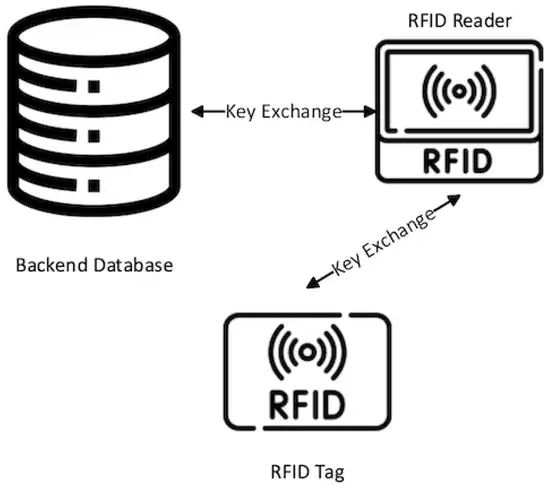
Applications of RFID

Supply Chain & Inventory Management
Used in warehouses and retail stores for tracking goods automatically.
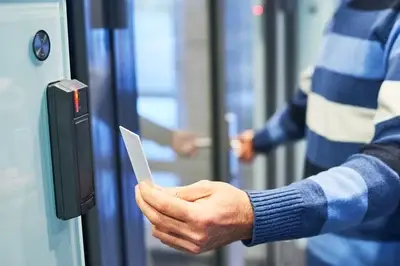
Access Control & Security
Embedded in ID cards for building access.
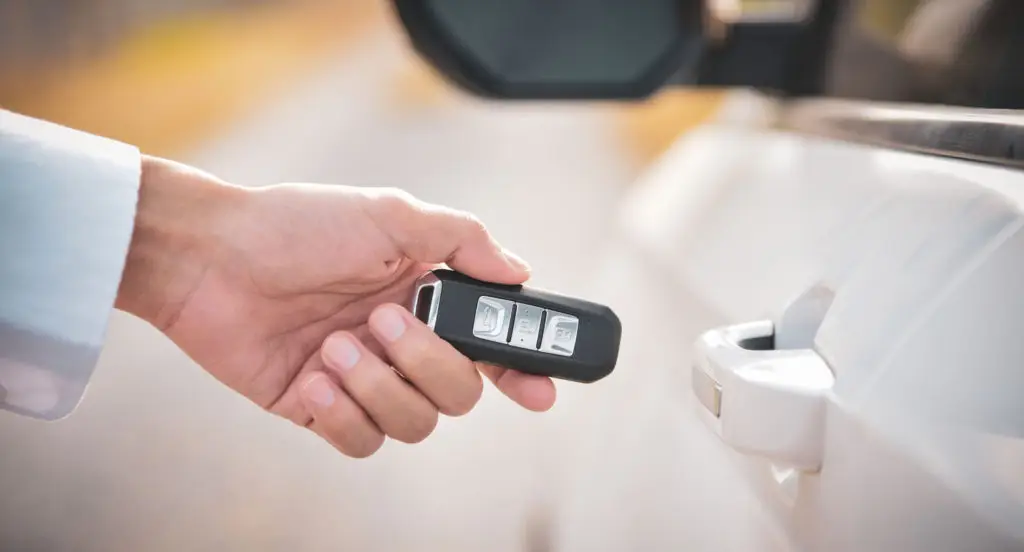
Vehicle Immobilisers and Access control
If you drive a car newer than 1995, you are using RFID technology every-time you start your car !!
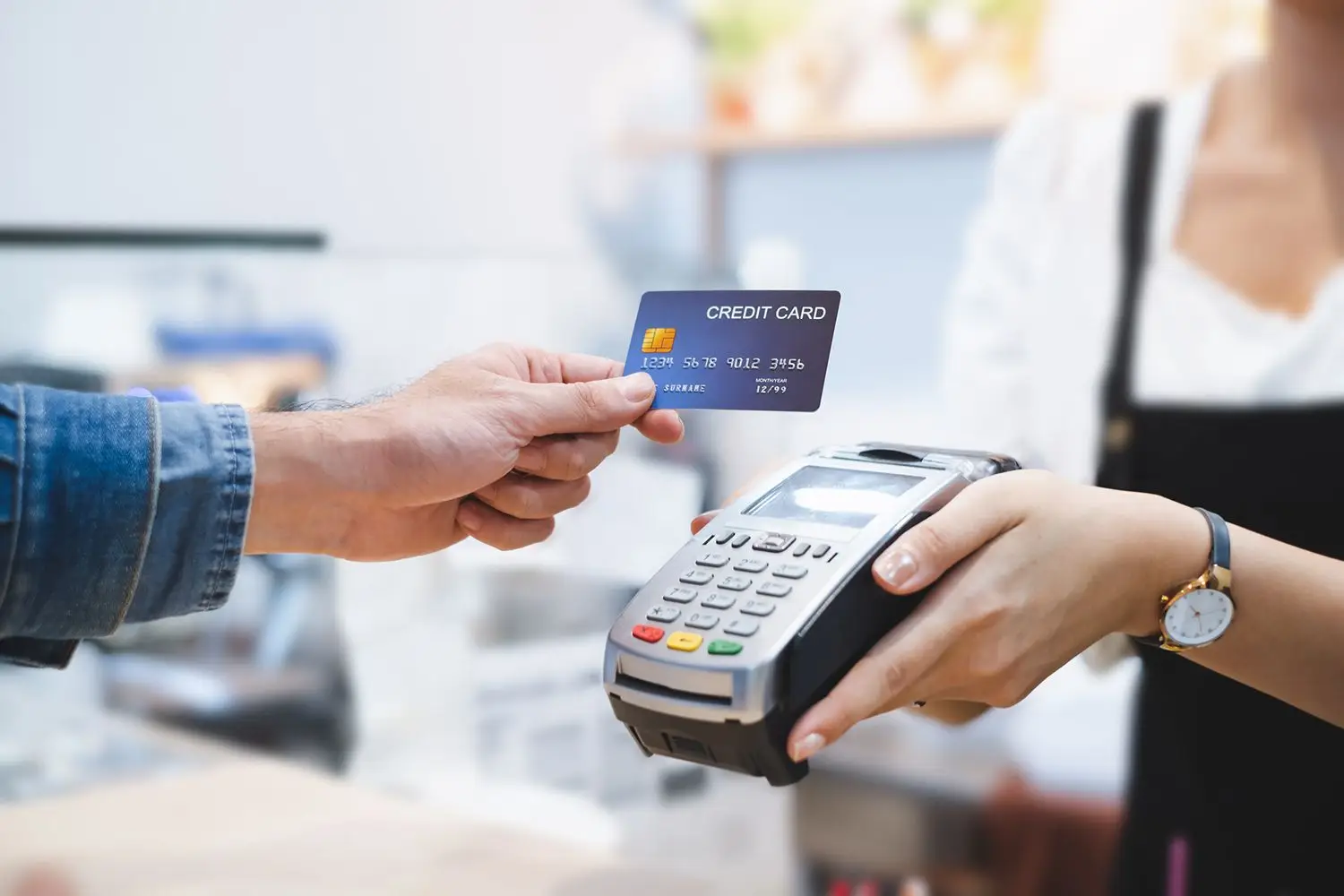
Contactless Payments
RFID technology powers tap-and-go credit/debit cards and all applications commonly referred to as

Animal Tracking
Implanted in pets or livestock for identification. Also used as embedded technology in livestock ear tags.

Healthcare
Used for patient tracking, medication authentication, and asset management.

Transportation & Toll Systems
Used in electronic toll collection (like EZ-Pass).
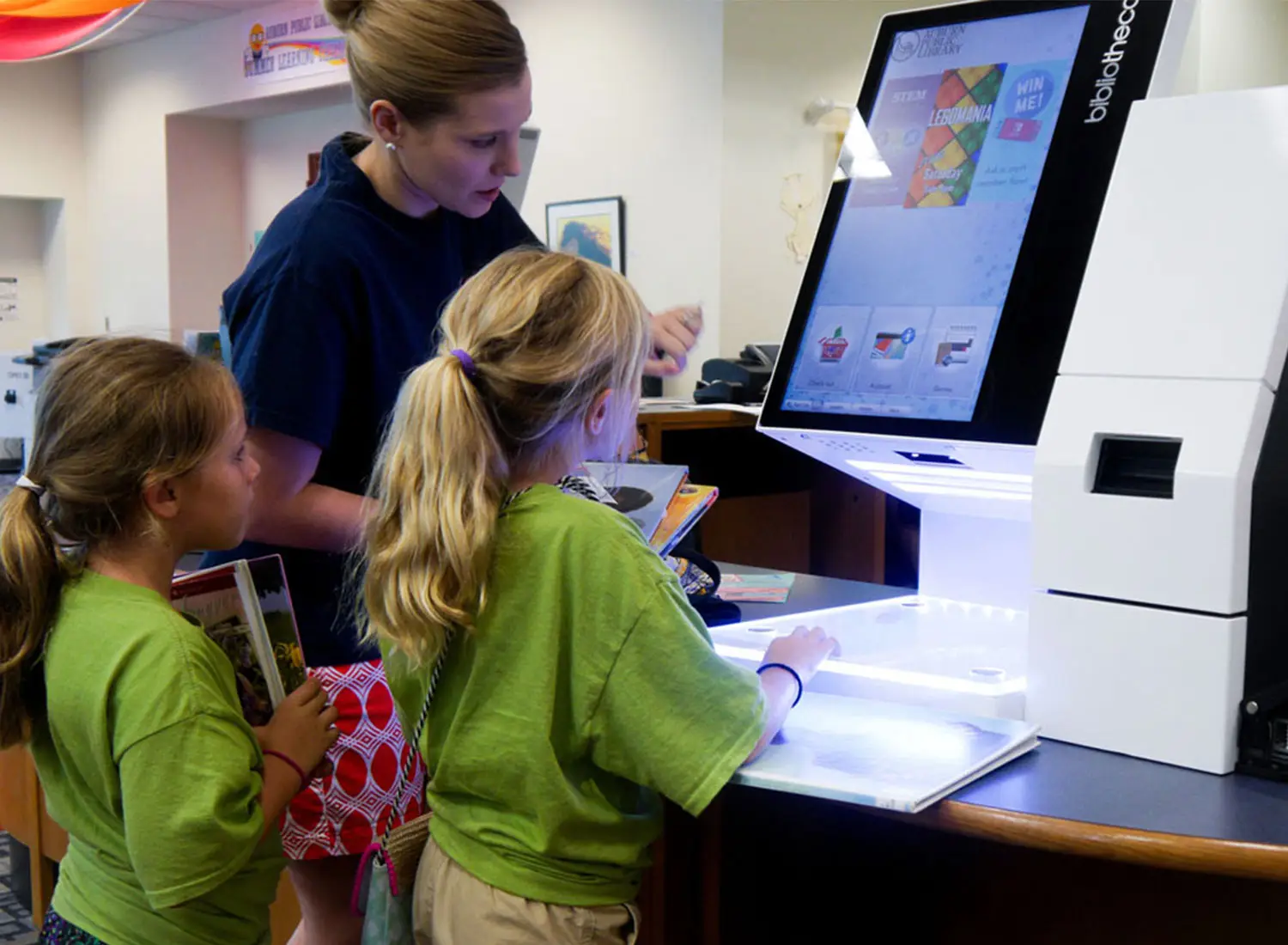
Libraries
Helps automate book check-ins and check-outs.
FAQs About RFID
If you want to learn more about RFID products and the industry, just
click on it!
What Is RFID?
RFID is an acronym for Radio-Frequency Identification. This is a technology that uses radio waves to transfer data.
For it to work, you must have a complete RFID system consisting of:
- An RFID tag/ label
- An RFID reader/ interrogator
- RFID Antenna
What Is NFC?
NFC (Near Field Communication), jointly developed by Philips and Sony, is a contactless identification and interconnection technology that enables close wireless communication between mobile devices, consumer electronics, PC, and smart control tools. NFC provides a simple, touch-based solution that allows consumers to exchange information, access content and services simply and intuitively.
NFC vs. RFID: What’s the Difference Between Them?
NFC vs RFID, which is the best? What is the difference between NFC and RFID? These questions always confuse us. NFC technology originated from RFID technology. But there are some differences between them.
How to program nfc tags?
More importantly, NFC tags are very cheap and easy to use. Most people can afford it and operate it. How to program an NFC tag with an iPhone or Android device? It is effortless if you follow us. And we will also give you some practical advice about how to use them. When you get a tag, you can start your DIY programming.
What are the Different Types of RFID Tags?
RFID tags are diverse. And each kind of label has its own different characteristics and application scenarios. You must know the different types of RFID tags so that you can know how to choose them. We have classified RFID tags according to the power supply, different frequencies, and packaging forms. That you can quickly learn about different types of RFID tags.
How To Use NFC On iPhone?
Are you wondering how to use NFC on your iPhone? This technology will help you share data and make payments with just a simple touch. This guide will show you how to use NFC on your iPhone!
Common RFID Standards and Protocols
RFID standards and protocols are the basis of RFID chip design. At present, the common international RFID standards and protocols are ISO/IEC 18000, ISO11784, ISO11785, ISO/IEC 14443, ISO/IEC 15693, EPC Gen2, etc.
RFID is preferred over barcodes in many applications because it doesn’t require a direct line of sight and can, in some instances be used to audit multiple items all at once. It is common for Items to use Barcodes and RFID. Some times Barcode Labels even have RFID Built in!!
